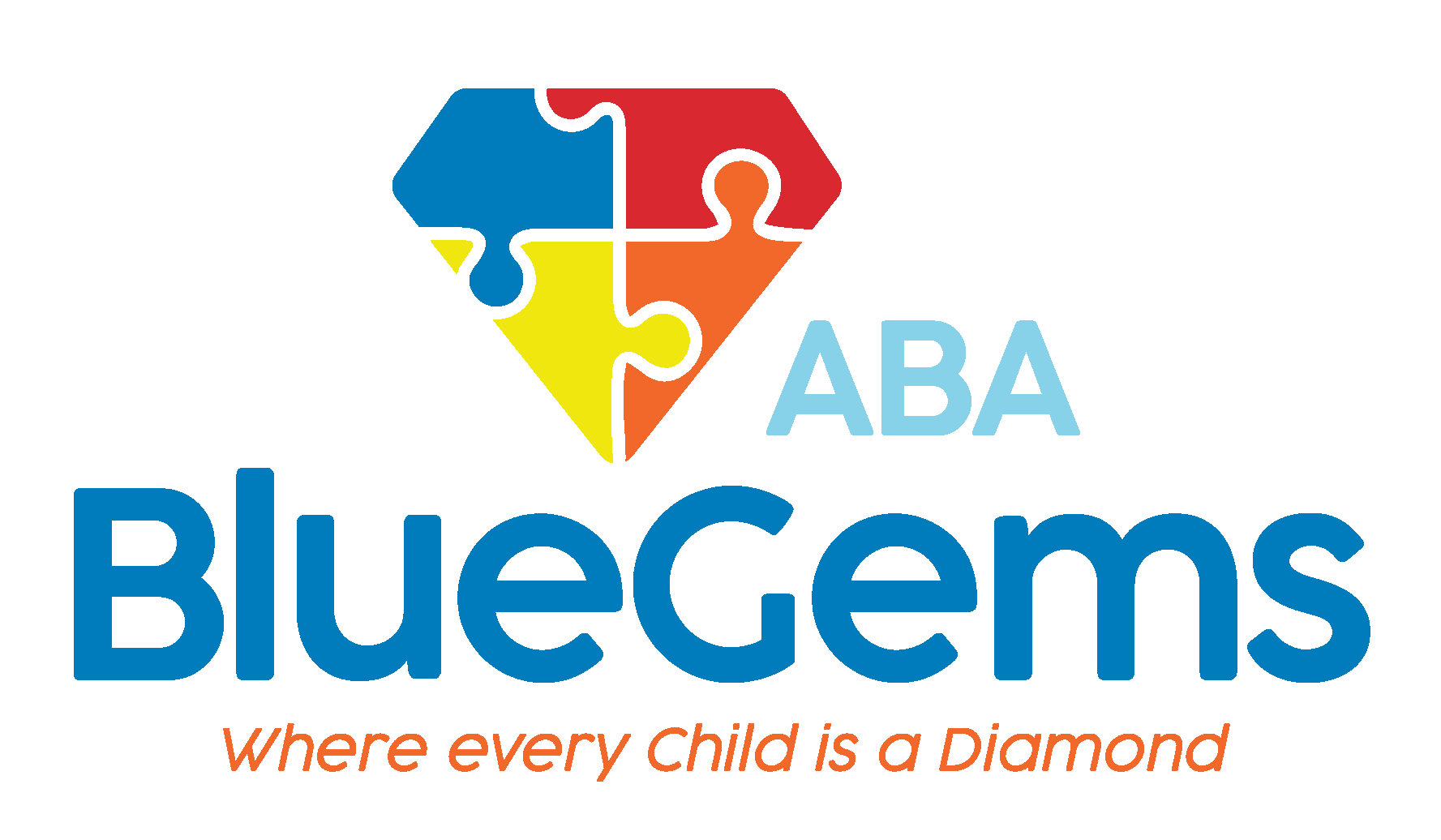Do People with Autism Experience Emotions Differently?
A common stigma surrounding autism spectrum disorder (ASD) is that people who have it don’t feel “normal” emotions. Neurotypical individuals may believe that people on the autism spectrum either don’t understand other people’s feelings or that they are overly sensitive.
The reality is that people with autism definitely experience emotions — and a wide range of them. They just may feel emotions in a much different way than others.
As a neurodevelopmental disorder, autism affects how people think and process information. This goes for everything that involves their brain, from problem solving, to understanding the world around them, to interacting with others, to feeling emotions.
Here are some of the ways in which a person’s autism causes them to experience emotions differently.
Table Of Contents
Emotional Processing
The autistic brain processes information in different ways that the neurotypical brain. One area in which this is very apparent is in emotional processing.
The time it takes for people with autism to fully process an emotion is often much longer. A prime reason for this is that the autistic brain isn’t as efficient at weeding out unnecessary or irrelevant sensory input as a neurotypical brain.

To others, this may come across as if the person with autism is experiencing a delayed emotional response.
People with autism often are keenly aware at all times of certain sensory stimuli that many others simply take for granted. They may always sense how the clothes they’re wearing feel, or how the lights in a room are affecting them or hearing the different sounds in a room.
These sensory stimuli are usually in the background for most neurotypical individuals, but they might be front-and-center in the mind’s of someone who’s autistic. As a result, it’s much harder for them to process the true emotions of certain situations, because their brains struggle to determine what’s relevant and what’s not.
How Autism Affects Emotional Processing
- Delayed Emotional Response – The autistic brain takes longer to process emotions due to difficulties filtering sensory input.
- Heightened Sensory Awareness – Background stimuli (e.g., clothing texture, room lighting, background noise) can become overwhelming and affect emotional regulation.
- Struggle with Emotional Identification – Some individuals with autism experience alexithymia, making it hard to recognize and label emotions.
Common Sensory Triggers & Their Emotional Impact
- Loud noises → Anxiety, distress, or shutdown response
- Bright/flashing lights → Overstimulation, discomfort, or withdrawal
- Uncomfortable textures → Irritability, stress, or avoidance behaviors
- Strong smells → Nausea, anxiety, or sensory overload
Sensory Anxiety
Many people on the autism spectrum experience sensory sensitivities. Some are hypersensitive to certain stimuli, while others are hyposensitive.
When they hear loud noises, see bright lights, feel certain textures or smell strong odors, it could cause their brains to experience sensory overload. In turn, this may cause a lot of stress and anxiety.
What may not be a big deal to neurotypical individuals, then, could easily become overwhelming to a person with autism who has certain sensory sensitivities. They may engage in self-stimulatory behaviors to try to center themselves or calm themselves down, or need to go to a separate, quiet space to do so.
This doesn’t mean that people with autism aren’t feeling emotions, though; it’s just another example of how they experience emotions differently.
Alexithymia
Many people on the autism spectrum suffer from a condition called alexithymia. Those who have the condition are affected in three main ways …
- They might have trouble finding the right words to accurately express how they might be feeling.
- They might have trouble registering and understanding the exact emotion itself.
- They might face affective and expressive challenges.
Studies have shown that nearly half of all individuals with autism experience alexithymia, compared to less than 5% of people who don’t have autism.
If a person isn’t even able to accurately identify which emotion they’re feeling then, it’s no surprise that they might have trouble communicating it to others or even regulating their own emotional responses.
Emotions tend to be very complex, as it’s not always a black-and-white choice between happy and sad, angry and content, or afraid and comfortable. People who aren’t able to make the delineation between those extremes — or even understand that there are other emotions in between — naturally would face challenges in processing their emotions.
What Emotional Support Can People with Autism Get?
People with autism can build a lot of skills related to emotions. While treatments may not be able to change the way their brains function, they can learn how to more accurately identify emotions and respond to them.

Applied behavior analysis, or ABA therapy, is considered the gold standard of treatment options for people on the autism spectrum. Based on core scientific principles, it helps people with ASD build social, communication and daily life skills, while also modifying certain behaviors that might be harmful and/or not helpful.
ABA therapy is administered in a very meticulous way, as therapists have a wide variety of tools and strategies they can use to help support their patients in the best way possible.
Blue Gems ABA Helps Children with ASD Regulate Emotions
People with autism certainly experience emotions differently than their neurotypical peers. This is due to the fact that their brains simply process information in a different way.
At Blue Gems ABA, we support children with ASD in many ways. By administering ABA therapy on a one-to-one basis, we can target certain skills, behaviors and responses to help them build up skills that they may struggle with.
To learn more, please contact us today.




